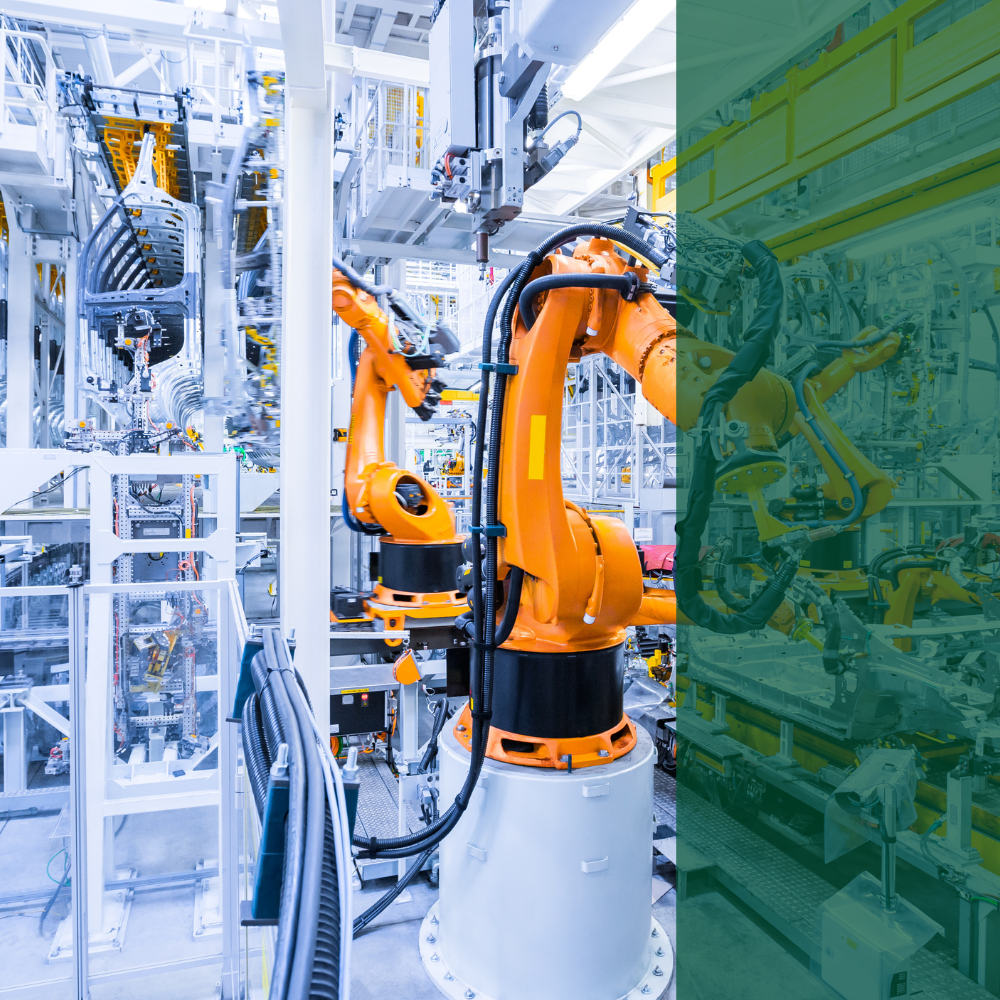Artificial intelligence is increasingly entering new sectors of the economy, including IT, the creative sector, medicine, biotechnology, and many others, including those in which employees can benefit from increased tax-deductible costs of up to 50% for personal income tax purposes. Are revenues from AI-assisted work eligible for preferential tax-deductible costs?
50% tax-deductible costs
Income of taxpayers-creators (performing creative activities) obtained from the transfer of copyrights to works specified by the tax legislator may be reduced by up to 50% of the value of such income.
The list of such income is closed and includes income from the following:
- payment to the creator for the transfer of ownership of an invention, integrated circuit topography, utility model, industrial design, trademark or ornamental design;
- license fees for the transfer of the right to use an invention, integrated circuit layout, utility model, industrial design, trademark or ornamental design;
- the use by creators of copyright and by performers of related rights, within the meaning of separate provisions, or the disposal of those rights by them;
- creative activities in the fields of architecture, interior design, landscape architecture, civil engineering, urban planning, literature, fine arts, industrial design, music, photography, audio and audiovisual works, computer programs, computer games, theater, costume design, set design, directing, choreography, artistic instrument making, folk art, and journalism;
- artistic activities in the field of acting, stage, dance and circus arts, as well as in the field of conducting, vocal and instrumental performance;
- audio and audiovisual production;
- journalistic activities;
- museum activities in the field of exhibitions, science, popularization, education, and publishing;
- conservation activities;
- translation;
- research and development, scientific, scientific and didactic, research, research and didactic activities, and teaching activities carried out at a university.
One of the conditions for applying 50% tax decudtible costs is that the taxpayer (e.g., an employee) is the original owner of the copyrights to the works, which are then transferred to the employer.
AI as an auxiliary tool or an independent creator?
The key to applying 50% tax-deductible costs is therefore that copyrights to works are created.
According to the provisions of the Act on Copyright and Related Rights, the subject of copyright is any manifestation of creative activity of an individual character, established in any form, regardless of its value, purpose, and manner of expression (work). A work is therefore, in principle, the result of original and individual human activity.
Copyright protection therefore requires human activity. However, it does not cover works created solely by a machine, even if it is an advanced artificial intelligence tool. This means that if the content was generated by AI without significant human influence, it will be difficult to consider it a work, and thus no economic copyright will arise that could be transferred to the employer. In such a case, one of the basic conditions for benefiting from the preferential 50% tax deductible costs will not be met.
The situation is different when artificial intelligence is used as a supporting tool, e.g. by an employee who consciously and creatively shapes the final result of the work. In such a model, AI could be compared to other tools supporting the creative process, and the final result – provided that the conditions of originality and individuality are met – may be considered a work. As a result, copyright could be transferred, which would open the way (subject to the other conditions being met) to applying 50% of the costs of obtaining income.
Interpretative practice
In the context under consideration, it is worth noting the individual tax ruling issued by the Director of the National Tax Information on April 29, 2025. No. 0115-KDIT1.4011.190.2025.1.MN. In this case, the taxpayer obtained income, among other things, from the sale of digital graphics and recordings of cloned voices created using AI tools. The tax authorities decided that these results, which were automatically generated by an algorithm, didn’t meet the conditions for being considered works. The individual interpretation referred to income. However, if its conclusions regarding the possibility of applying 50% of tax-deductible costs were accepted, the right to such preferential tax costs for individuals involved in the creation of such graphics or recordings would be excluded.
Is it possible to apply 50% tax-deductible costs?
The above interpretation does not automatically rule out the possibility of benefiting from tax preferences when using AI. The key factor is the factual situation – in the case in question, the taxpayer did not demonstrate that he had any actual creative involvement in the process of creating the content. The interpreting authority emphasized that the AI acted independently, without any creative input from humans.
Therefore, the question of whether the results of work using AI can be classified as works within the meaning of copyright law becomes crucial. It is essential to demonstrate that the role of humans in the creative process was not marginal, but significant and decisive. In other words, artificial intelligence should only serve as an auxiliary tool supporting creativity, not as the main author. In this context, it is necessary to design the creative process in such a way as to enable the subsequent demonstration of the original nature of the results of the work, including by:
- documenting decisions made by humans at the stage of formulating command descriptions (so-called prompts), their subsequent modifications and clarifications;
- retaining intermediate versions and final results of the work that may demonstrate significant creative interference by the author;
- precisely describing the scope of changes and transformations made as a result of AI activity.
It is also necessary to take into account the specific nature of the AI tools used – their functionality, scope of autonomy, and the role they play in the entire creation process. Where the human contribution to a given work (e.g., part of the programming code) is limited to issuing a general command, without further editing, selection, or transformation, the possibility of recognizing the result of the work as a work may be significantly limited.
Summary
Only the individual and creative nature of a work provides a basis for the correct application of 50% of tax deductible costs. In every case of using AI tools in work of a potentially creative nature, it is recommended to implement documentation and control mechanisms to demonstrate the actual human contribution to the creation of the work.


